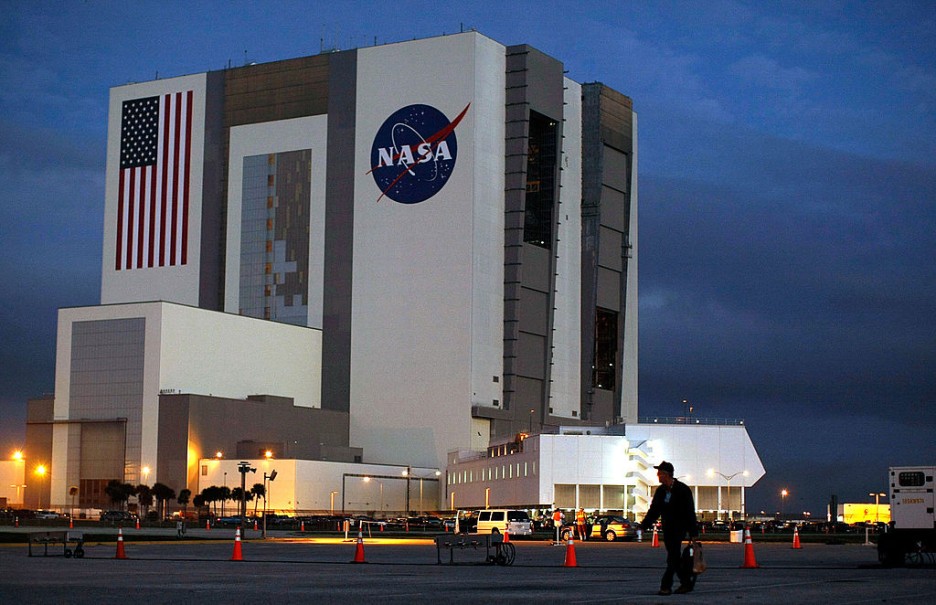Voyager 1 Resumes Data Transmission To Earth After 5-Month Hiatus
NASA engineers have successfully received decipherable data from Voyager 1 for the first time in five months by devising a creative solution to address a communication issue on humanity's farthest spacecraft in the cosmos.

Voyager 1, now positioned approximately 15 billion miles (24 billion kilometers) away from Earth and at the ripe age of 46, has exhibited various anomalies and signs of aging in recent years.
The ordeal began in November 2023 when Voyager 1's telemetry modulation unit, responsible for transmitting data, started sending out a repetitive and incomprehensible code pattern.
Typically, Voyager 1's flight data system compiles information from its scientific instruments along with engineering data to indicate its operational status. This data is transmitted to Earth in binary code, consisting of ones and zeroes.

Since November, Voyager 1's flight data system has been trapped in a repetitive cycle, rendering the transmitted signal devoid of any meaningful data. Despite this, the probe has maintained a consistent radio signal connection with mission control on Earth.
However, on April 20, the mission team finally received coherent data regarding Voyager 1's engineering systems, marking the first successful transmission of usable information in five months. Preliminary assessments suggest that Voyager 1 remains in good health and is functioning as intended.
"Today was a great day for Voyager 1," remarked Linda Spilker, Voyager project scientist at JPL, in a statement on Saturday. "We're back in communication with the spacecraft. And we look forward to getting science data back."
A breakthrough occurred through a clever process of trial and error, unraveling a mystery that ultimately led the trouble shooters to a single chip.






